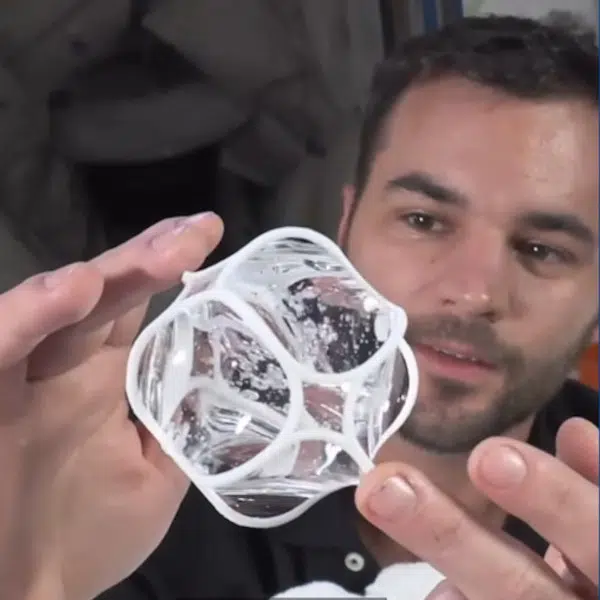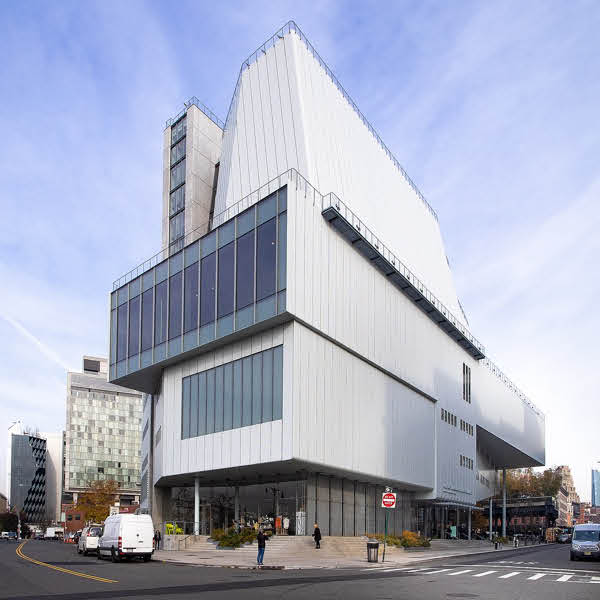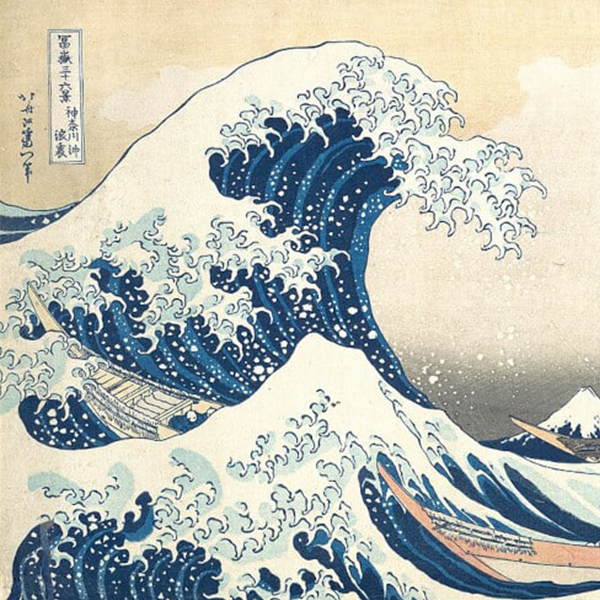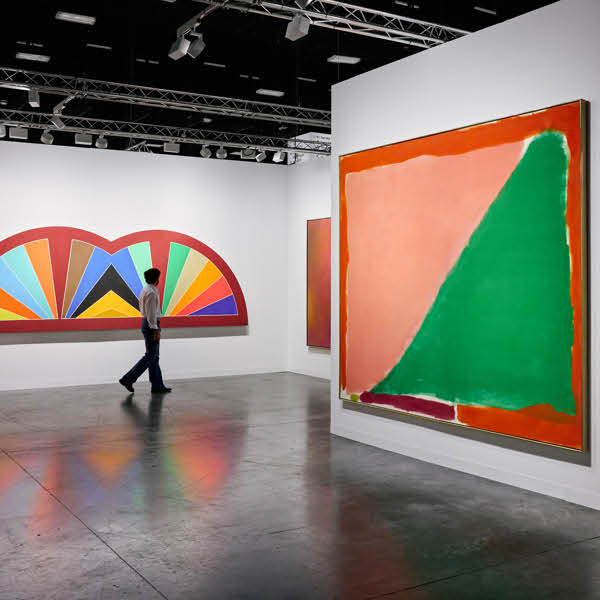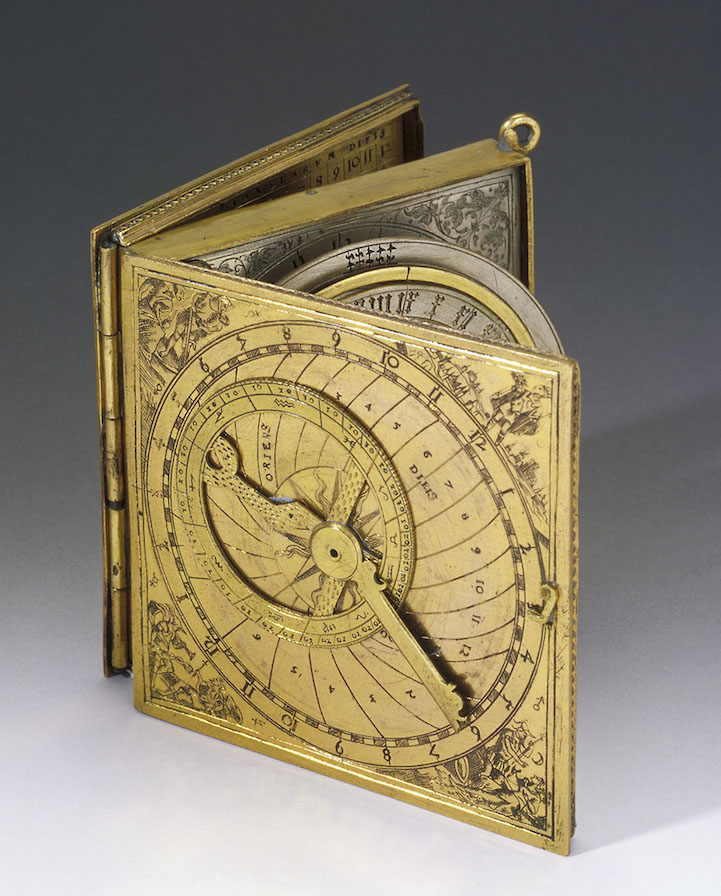
The beauty of science and art are embodied in what's known as the astronomical compendium, a multipurpose, all-in-one instrument that carries numerous devices for telling the time and performing astronomical calculations. Many astronomical compendia, such as the ones housed at the Museo Galileo in Florence, Italy, were constructed in German lands in the 16th and 17th centuries. Made of materials like silvered and gilt brass, the delicate instruments possess a level of craftsmanship that transform the scientific equipment into intricate works of art, as visually stunning as they are useful.
Astronomical compendia are ingeniously constructed, with as many instruments as possible filling the available space. Opening like a book, the compendium contains several compartments that carry functional tools such as a sundial, various lunar and solar volvelles, a compass, tables of latitude, and a perpetual calendar. Using these, astronomers of the past could determine the time of sunrise and sunset, the position of the sun in its annual apparent motion through the sky, and the phases of the moon, among other things.
Compendia were also used to display the wealth and status of the owner, resulting in lavish designs like the beautifully gleaming surface, delicate engravings of the celestial heavens, etchings of ancient explorers, and spectacular depictions of the moon and stars. Both decorative and functional, astronomical compendia demonstrate the scientific and aesthetic ingenuity of inventors and craftsmen in the past.













































































